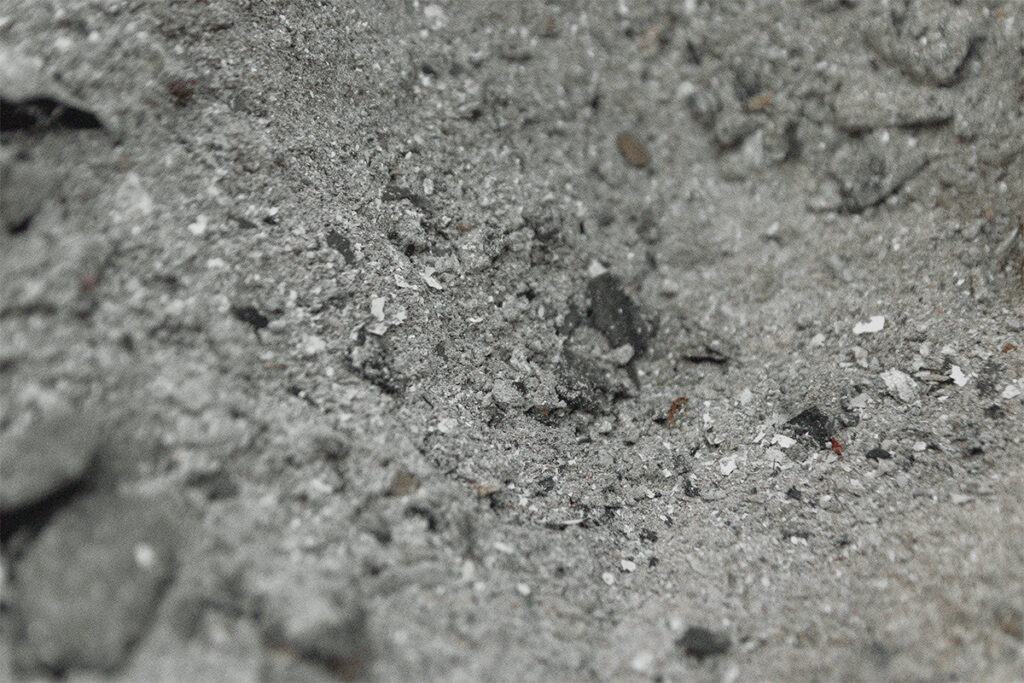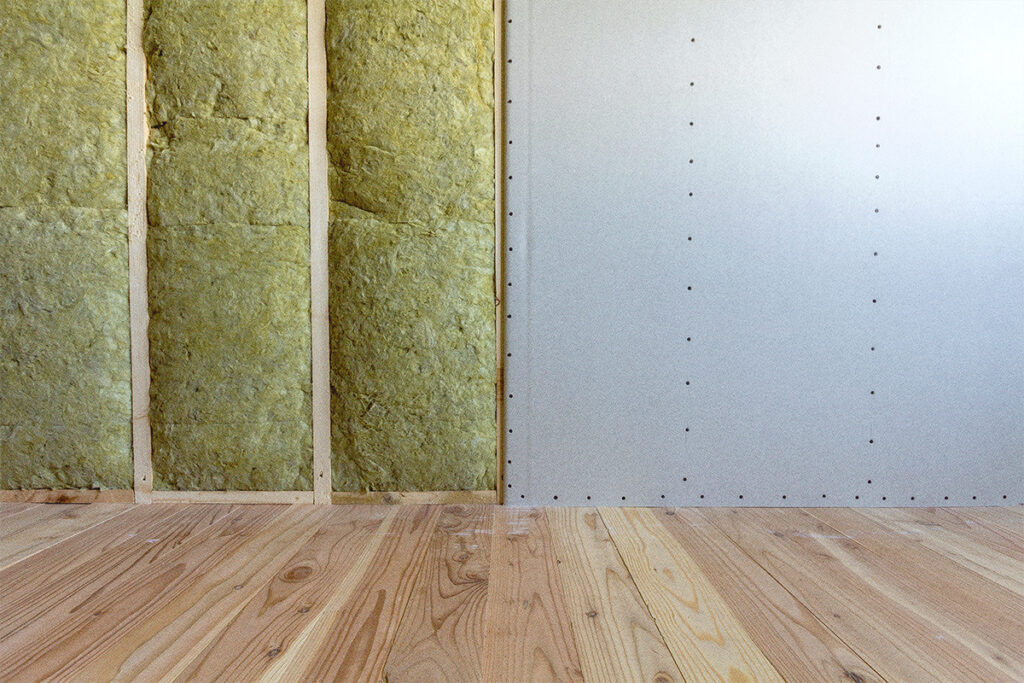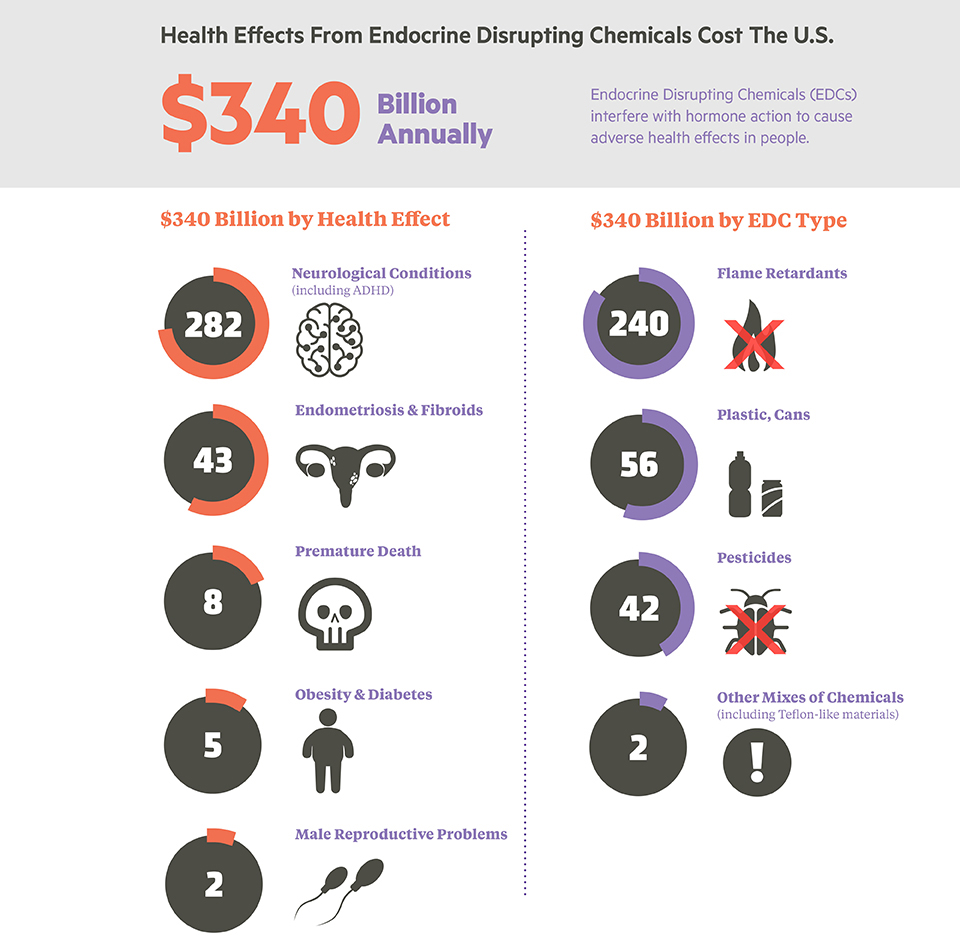Keep reading about similar topics.



For years, Habitable has been thinking about and consulting with our partners about how to describe the impact of choosing healthier building products. Here’s why this is a complex and challenging issue for the industry:
These reasons drive the need for full transparency of chemical contents and full assessment of chemical hazards. This can ultimately lead to optimizing products in order to avoid hazardous chemicals.
Toxic chemicals have a huge and complex impact on the health and well-being of people and the environment. Those impacts are spread throughout a product’s life cycle. For example, fenceline communities can be exposed during the manufacturing of products in adjacent facilities, workers can be exposed on the job during the manufacturing and installation processes, and building occupants can be exposed during the product’s use stage. Some individuals suffer multiple exposures because they are affected in all of those instances.
In addition, toxic chemicals can be released when materials are disposed of or recycled. When they incorporate recycled content into new products, manufacturers can include legacy toxicants, inhibiting the circular economy and exposing individuals to hazardous chemicals—even those that have been phased out as intentional content in products.
We know intrinsically that hazardous chemicals have the potential to do harm and that they commonly do so. For champions of this cause, that understanding of the precautionary principle is enough. Others still need to be convinced and often want to quantify the impact of a healthy materials program. How can healthy building champions start to talk about and quantify the impacts of material choices?


Broad Impacts of Toxic Chemicals
One way researchers quantify the impact of chemicals is to consider the broad economic impacts of chemical exposures. Evidence increasingly shows that toxic chemical exposures may be costing the USA billions of dollars and millions of IQ points. One recent study estimates that certain endocrine-disrupting chemicals cost the United States $340 billion each year. This is a staggerring 2.3% of the US gross domestic product.1 And that is for only a subset of the hazardous chemicals that surround us every day. These numbers provide important context for the larger discussion of toxic chemical use, but cannot easily be tied to daily decisions about specific materials.
Market Scale Impacts
For years, Habitable has been targeting orthophthalates in vinyl flooring as a key chemical and product category combination to be avoided. Orthophthalates can be released from products and deposited in dust which can be inhaled or ingested by residents—particularly young children who crawl on floors and often place their hands in their mouths3. By systematically reducing chemicals of concern in common products, we can all work together to continue to affect this scale of change in the marketplace and keep millions more tons of hazardous chemicals out of buildings.
Impacts on the Project Scale
Context is key for understanding the impact chemical reduction or elimination can have—a pound of one chemical may not have the same level of impact as a pound of another chemical. But, given the right context, this sort of calculation may prove useful as part of a larger story. The following examples provide context for the story of different impacts of different chemicals.
In addition to information about target chemicals to avoid, our Informed™ product guidance provides recommendations of alternative types of materials that are typically better from a health hazard perspective and includes steps to work toward the goal of full transparency of product content and full assessment of chemical hazards. This framework can help ensure that toxic chemicals and regrettable substitutions are avoided.
Each decision you make about the materials you use, each step toward using healthier products, can have big impacts within a housing unit, a building, and in the broader environment. Collectively, these individual decisions also influence manufacturers to provide better, more transparent products for us all. Ultimately, this can reduce the hazardous chemicals not just in our buildings but also in our bodies.